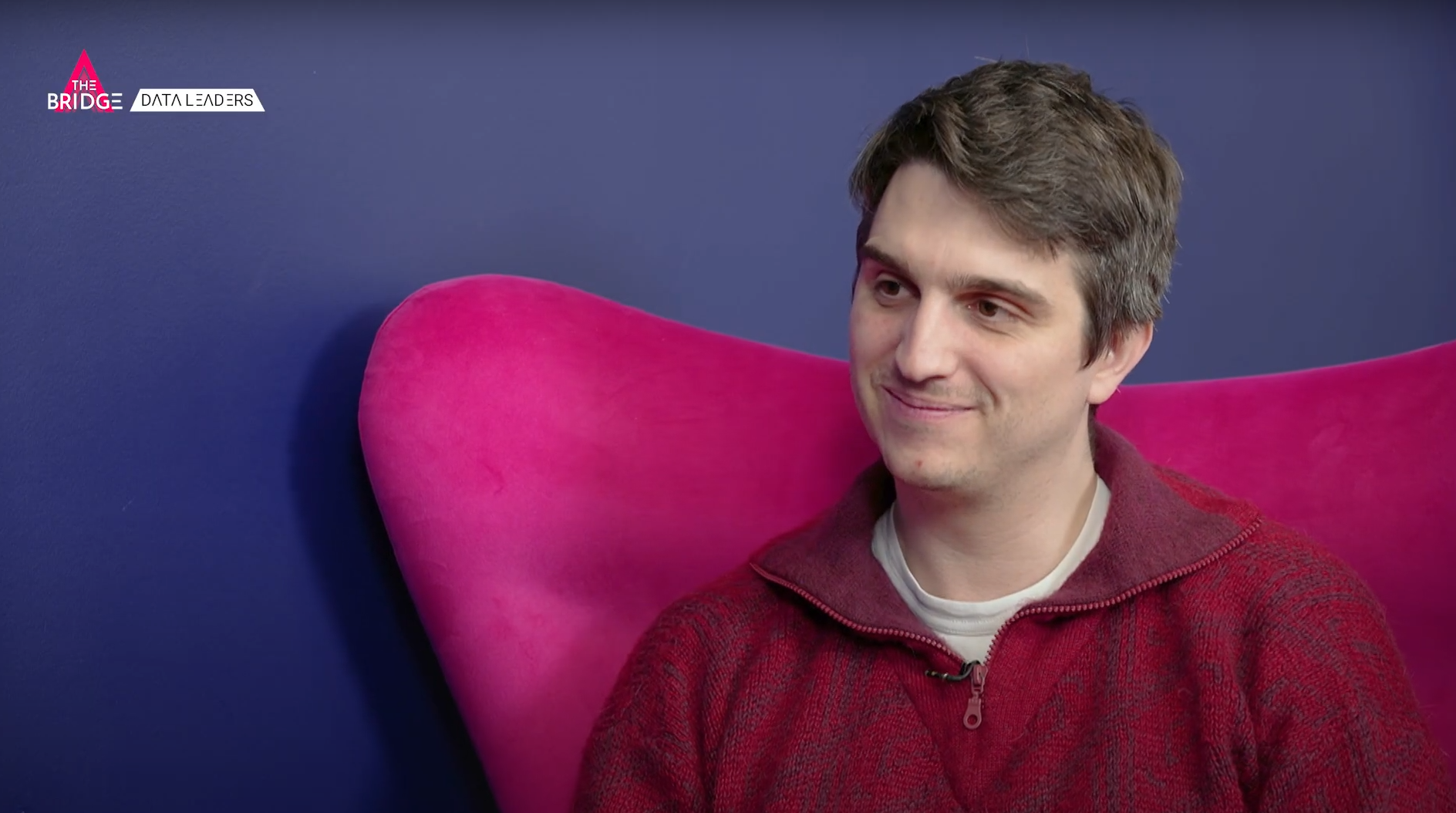In July 2024, Robin was promoted to CTO of Artefact France for his deep technology expertise and management skills. He now leads a large team of data scientists, software engineers and frontend developers, ensuring that his team is at the forefront of technology, with training and curiosity at the heart of his approach.
Robin’s previous experience includes serving as a Member of the Board of Data Science at AI Infrastructure Alliance, Data Scientist at Qwant, and Research Engineer in Data Fusion at ONERA, the French Aerospace Lab. He holds Master of Science degrees from Aalborg University in Denmark and ESIEE Paris Engineering School.
Interviewed for The Bridge by Caroline Goulard, Co-founder and CEO of Modality and Dataveyes, Robin talks about his approach to building his team, how generative AI is changing the way engineers work and solve problems, the evolving role of management in tech, and the importance of continuous learning.
Breaking silos and building bridges: A unified team approach.
Robin’s team is composed of three teams:
1. Front-end engineering (where results are presented to clients);
2. Back-end engineering;
3. Data engineering, where data and data science combine to make AI.
Although these teams were historically siloed, Robin explains:“We wanted to find more synergy between the teams.”
There have been challenges, though. Balancing the distinct cultures of each team while fostering collaboration is a delicate act, but one the new CTO believes is crucial for long-term success.
Generative AI: A game-changer for faster problem-solving.
Generative AI has become an indispensable tool for Artefact’s engineers. It accelerates innovation by enabling teams to tackle new challenges more efficiently. It also boosts productivity, ensuring that essential tasks like documentation and best practices are not overlooked, even under tight deadlines.
The impact of generative AI extends beyond speed and efficiency, influencing the way Artefact trains and manages its engineers. Robin has observed a big shift among junior developers, whose code quality has improved with the help of AI tools. However, this upgrade comes with its own challenges. How can managers ensure juniors aren’t just copying and pasting solutions without truly understanding them?
Hands-on guidance and a commitment to continuous learning.
For Robin, the answer lies in management. “We don’t train the juniors directly. It’s about reallocating managers’ time to be more hands-on,” he explained. This involves guiding juniors to think critically about AI-generated code, encouraging them to dig deeper into the why and how rather than settling for quick fixes.
Senior engineers, by contrast, approach generative AI more like a collaborative partner, iterating and challenging the machine’s outputs to refine solutions further. This distinction between transactional use and collaborative engagement is one of the most striking differences Robin has observed between experience levels.
In a field evolving at breakneck speed, curiosity is key for any great engineer. To foster this mindset, continuous learning is baked into the culture. Engineers are urged to spend time every day reading and sharing valuable resources with their peers.
Looking ahead: A shift in roles, responsabilities, and time allocation.
As organizations integrate generative AI into their operations, Robin observes a shift in roles and responsibilities. While classical AI roles remain essential, there is a growing focus on solving business problems and fostering collaboration between IT and business functions. “Generative AI is transforming IT from a cost center to a profit center,” he remarks.
Generative AI will not radically transform job descriptions the way classical AI once did, but will likely shift priorities within existing roles. Engineers’ time will be reallocated so they can focus less on code writing and more on solving business problems. This shift is already reflected in Artefact’s hiring practices, where traditional coding tests have been replaced with interviews that assess candidates’ ability to tackle real-world business challenges.
So, what’s next for Artefact’s engineering team?
Robin is particularly excited about advancements in multimodal AI, which combines text and image processing to unlock new capabilities. “Before, handling images and extracting content was hard. Now, there’s a real breakthrough with visual language models,” he said. This innovation could free up valuable time for teams to focus on higher-value tasks – an enticing prospect for any organization.
For those interested in exploring engineering and leadership in greater depth, Robin suggests reading “The Pragmatic Engineer”, a newsletter that offers valuable insights into the field.
 BLOG
BLOG